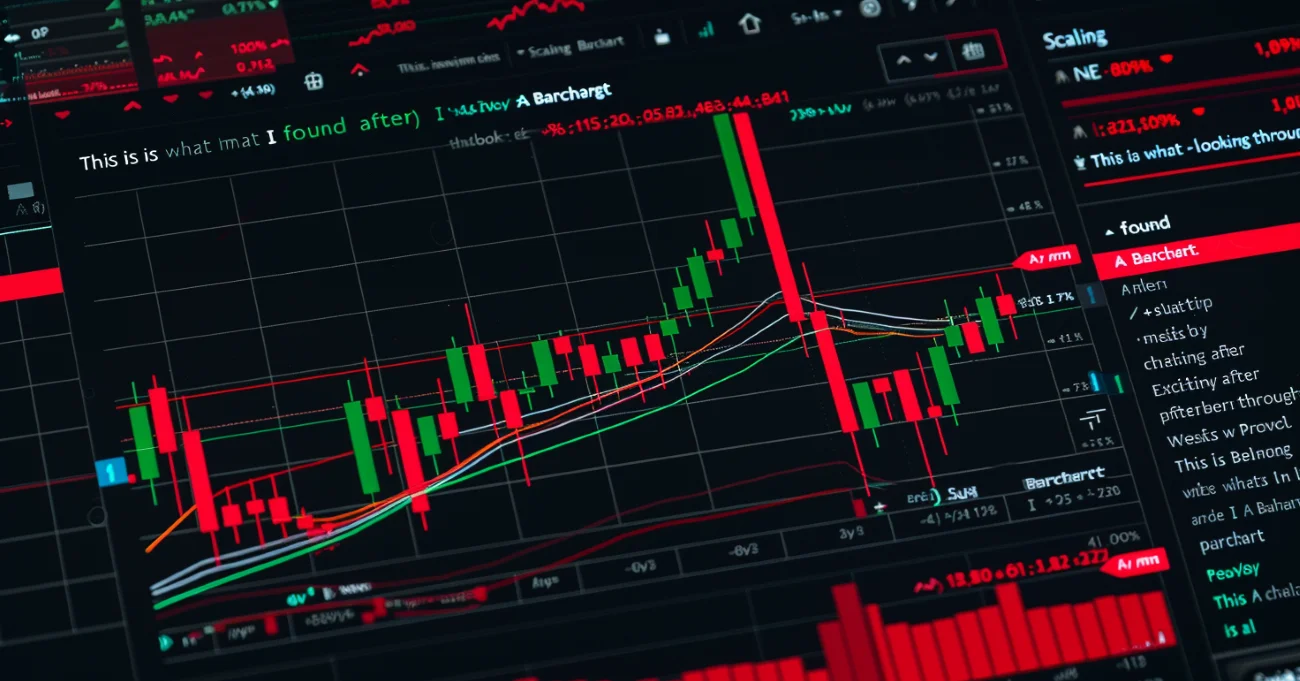
The Nifty 50 heatmap is a chart that indicates the performance of all the stocks in the index using different colours. It serves as a quick snapshot for investors to understand how each stock or sector is performing – whether it is bullish (green), neutral (grey) or bearish (red).
In 2025, 31 out of the 50 stocks ended in the green with a strong showing from the banking sector. Financial services and construction stocks rose to meet India’s infrastructure demands, while IT stocks tumbled throughout the year as the services-focused industry faced AI-driven challenges.
The latest trends show that while some areas of the market are heating up, others are steadily losing steam.
What Sparked the Rise in Nifty 50?
While the index has risen nearly 8.11% YTD, there’s more to the story. From 23,740 on Jan 1, the index crashed to nearly 22,000 in March, followed by a brief rise and another crash in April. This was due to the tariff war between the U.S. and China, and a looming threat of global recession. Foreign investors booked profits and withdrew from the market, furthering the crisis, while demand across sectors saw a dampening effect.
The index has recovered since, in tandem with the festive season. In November, Infy, Mahindra, and Shriram Finance were the biggest gainers, rising on the back of festive demand, solid results, and general optimism around Q3 results. Titan, posting a nearly 60% surge in profits, also contributed to the rise in the index.
In financial stocks, banks and NBFCs have all outperformed the index, except for Jio Financial Services, which is trading relatively flat.
IT stocks finally rallied on the hope that the U.S. government shutdown would end soon. All IT stocks in the Nifty 50 are now in the green, YTD. The Nifty IT index is up more than 7.5% in early November, signalling a turnaround from earlier this year.
Where is the Pressure Building?
Sector rotation has been the theme lately as traders have moved from energy and metals to IT, finance, auto and consumption.
Utilities such as Powergrid and NTPC have recorded heavy profit-booking.
In healthcare, Apollo Hospitals share price fell nearly 4% in the first week of November. However, it has posted revenue growth of 13%, prompting CLSA to raise its price target while maintaining an Outperform rating.
In retail, Trent crashed nearly 9% after posting soft Q2 results. That is understandable, as out-of-home shopping and retail in general were hurt by the unseasonal rains.
ITC has been down 16% since the start of the year. While Q2 revenues dipped, profits increased, showing improved margins and product diversification. There is a certain defensiveness in the market, wherein investors are looking to buy quality dips.
Most of the stocks are trading above key long-term averages, indicating further upward movement for the rest of the year..
What do the Technical Indicators Indicate?
Hovering around the 25,500-mark in November, the index is above its long-term SMAs. However, it is currently below its 5-, 10- and 20-day SMAs, which is indicative of short-term pressures.
It did form a bullish candle recently with a higher high–higher low formation, confirming a bounce. The RSI, which is a momentum indicator, climbed to 52. That is just above the halfway mark of 50 between bearish and bullish, thereby indicating sideways or a light upward movement.
The overall trend of the Nifty 50 heatmap remains positive, but any weakness down to 25,300 could be seen as a buying opportunity. On the higher end, a breakout could be possible at 25,650 all the way to 26,000.
Conclusion
The Nifty 50 heatmap at the start of November indicated a positive trend for the index. Gains in IT and financial stocks have kept losses incurred by the power and metals sectors at bay. Should the index hold above 26,650, the rally could continue, but at this stage, the market is favouring selective strengths over broad momentum.





